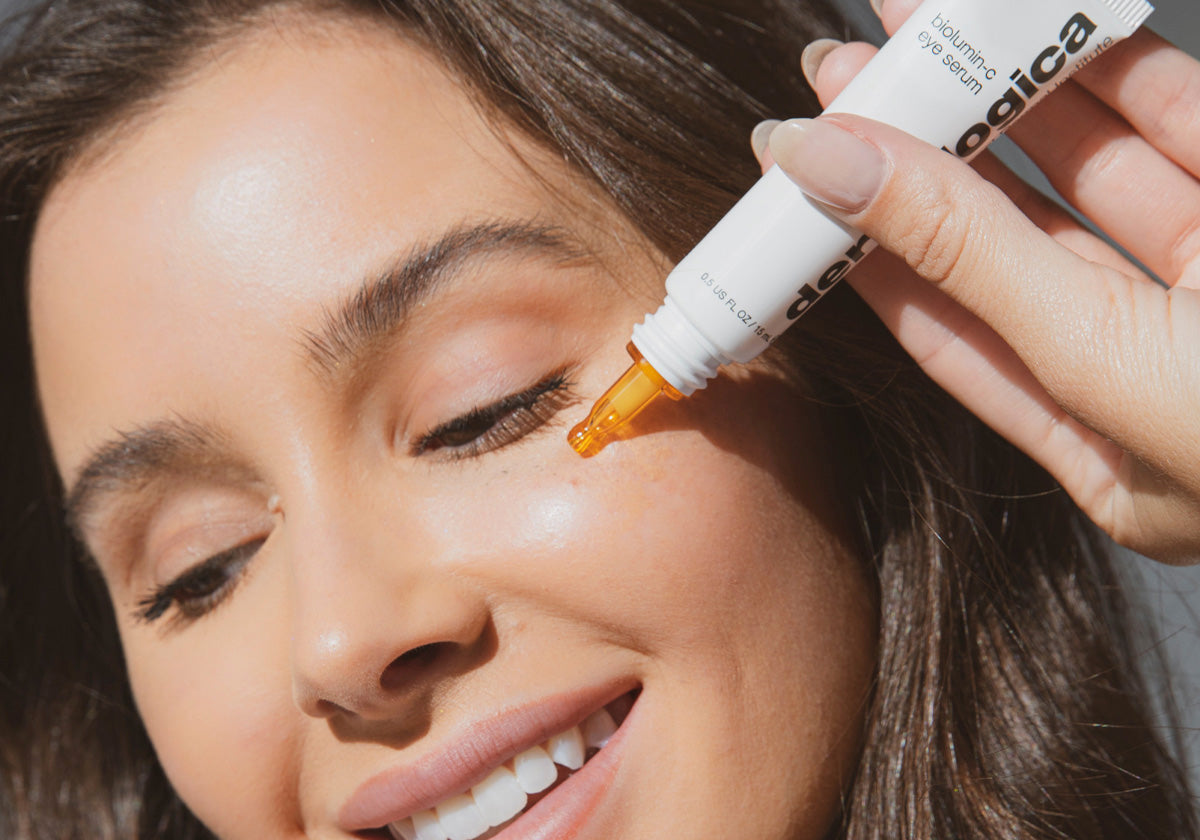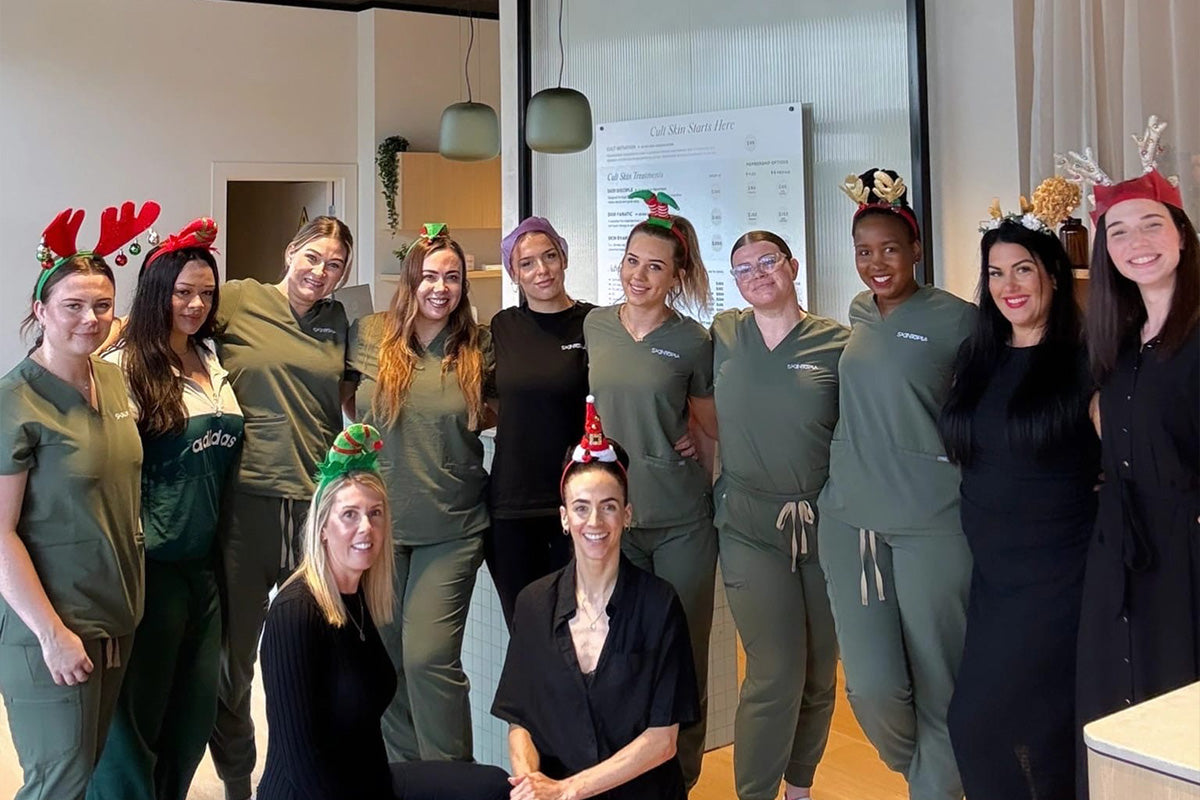Eye Creams - Why You Need To Invest In One

Have you ever woken up after a night of restless sleep with those pesky puffy under-eyes? Or suddenly noticed those little lines forming in places you wish they wouldn’t around the eyes? If yes, you are not alone! Some of the most common skincare concerns involve the skin around the eyes.
So, why can’t you use your normal moisturiser around the eyes instead of having to buy a special eye cream?
The skin around the eye area is delicate, and more intricate than the skin on the rest of the face. Normal moisturisers are designed to work at a superficial level to nourish the upper layers of the skin, which is great, but they cannot penetrate the more intricate eye area, and at best, if applied around the eyes will simply sit on the top. Not to mention they could cause irritation to the sensitive eye area if applied to close to the eyes. A cosmeceutical eye cream will be structured differently to penetrate the eye area and reach the deeper skin cells to really help combat a particular concern.
The skin tissue around the eyes has very few oil glands, so it lacks the natural moisture present on the rest of the face. This means we need to take extra care to nourish and protect this area as it cannot protect itself in the same way. It is more prone to dryness and dehydration so a targeted eye cream is necessary to replace the oils and hydration the skin is not producing enough of.
As well as being the most delicate area of skin, the eye area also experiences constant movement like smiling, squinting, and blinking. This constant movement hastens the appearance of fine lines and fatigue. An eye cream with active ingredients chosen for your specific concern can penetrate to a cellular level and help improve the appearance of concerns like premature ageing.
So now we must ask, are all eye creams created equal?
In short, the answer is no.
In order to treat a more complex concern such as fine lines, dehydration, puffiness or undereye circles, we need to be able to access the deeper layers of the skin, which means we need the active ingredients only readily available in cosmeceutical skincare (The skincare you find in your local skincare center). Think ingredients such as Retinol, Vitamin C, Peptides, and Hyaluronic acid, all of which can help reach a cellular level and reverse the signs of ‘wear and tear’ around the eye area.
Okay, so how do you apply your eye cream for best results?
Your eye cream should always be applied after cleansing and toning, but before any of your moisturisers are applied. The reason for this is that the structure of a cosmeceutical eye cream is much smaller than that of a more topical moisturiser. Moisturisers are designed to sit in the superficial layers of the skin, and could create a barrier blocking your eye cream from getting deeper into the skin. Always apply your eye cream using fingertips around the orbital bone. You don't need to use much, spread an amount about the size of a pea between two fingers and dot around both eyes, then gently pat in.
Some of our top picks for eye creams and the common concerns they treat are:
For fine lines and premature ageing - Age Reversal Eye Complex
For puffiness - Stress Positive Eye Lift
For Dehydration - BioLumin-C Eye Serum
A few more tips to look after those eyes:
Make sure your daily cleanser is safe to use around the eye area, we don't want to use anything too harsh or drying around the eyes, so make sure your cleanser is safe to use around the eyes and will not strip the area of much needed oil and hydration. If it isn't, avoid the eye area when cleansing.
Get enough sleep and avoid that blue light before bedtime. Sometimes easier said than done, right? But this can help to dramatically reduce puffiness and dark under-eye circles in the morning. We suggest reading a book right before bed instead of scrolling the 'gram.
Remove your makeup before bed - Makeup and dirt trapped against your skin cause damage while you sleep. This can lead to premature ageing of the skin and breakdown of the skin barrier.






